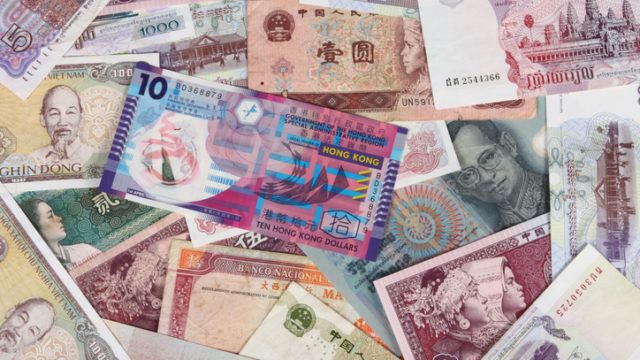Asian fund passporting schemes have not had much traction.
The Hong Kong-China mutual recognition of funds (MRF) launched at the end of 2015. To date, six Hong Kong-domiciled funds and 49 China-domiciled funds are authorised for cross-border sale. But capital flows have been mainly southbound − Chinese investors in Hong Kong-domiciled funds − and dominated by a single JP Morgan fund.
The Asean passporting scheme between Singapore, Malaysia and Thailand has had far fewer participants, with only six funds that have been approved for sale in total.
A third scheme that is being planned, the Asean Regional Funds Passporting (ARFP) programme, hopes to include multiple Asian countries. Currently, Australia, Japan, Korea, New Zealand and Thailand have agreed to join the scheme.
However, the various jurisdictions involved in the ARFP have been under negotiation for years as they have not been unable to reach an agreement on taxation.
Caleghin believes all the schemes have high hurdles.
“The whole point of passporting is actually to share resources and have a single hub or a single centre where a lot of investment activities are housed. All Apac countries, excluding Australia, would love that as long as they are the hub, and that’s where this thing falls apart.”
In addition, most of the markets in Asia first want to develop the domestic fund industry. “And as part of that, they want deeper and more efficient capital markets,” he added.
Caleghin said that Taiwan’s fund management industry, for example, is big and developed, but still behind Australia and Japan.
“The rules in Taiwan, not just around structures but investment activities, which used to be actually quite open, have become more and more restrictive,” he said.
“If you are a foreign player, the days of just flying in and trying to raise money from individuals are gone. You have to have more of a presence on the ground.”
The MRF and reality
Caleghin said that when the idea of the Hong Kong-China MRF was first floated, European asset managers thought their China strategy has been solved.
Foreign firms initially thought that the MRF would work like a Ucits regime and all they would have to do is set up shop in Hong Kong, get a Type 9 (asset management) licence and then be allowed to distribute their funds in China.
But the reason China set up the passporting scheme with Hong Kong was not to give foreign managers access to the onshore market. “It’s the other way around: it was to make it easier for Chinese fund companies to internationalise.”
In addition, there are restrictions that are really not reciprocal for both markets. One example is the AUM limitation, which states no more than 50% of the fund assets come from either market.
“The math doesn’t work,” he said, explaining that Hong Kong’s population is only around seven million versus one billion-plus in China.
“The 50% rule means that an MRF fund will never be a big fund in China” due to the limitation on asset gathering.
Therefore, Caleghin advises foreign asset management firms to weigh different approaches when planning a China strategy.
A joint venture, if a partner can be found, a wholly foreign-owned enterprise (WFOE), if the firm is committed to having an investment team on the ground. “And let’s add the MRF to the mix. It will give a foreign fund manager experience in dealing with Chinese and Hong Kong regulators and raise the firm’s profile.”
Local vs Ucits
Ucits funds account for around 65% of the combined AUM of funds in Hong Kong, Singapore and Taiwan, according to data from BNP Paribas Securities Services.
However, locally-domiciled funds are increasing. For example, the number of Hong Kong-domiciled funds rose by around 10% to 656 in March 2016 from 594 from the previous year, according to data from the Securities and Futures Commission. During the same period, the number of Luxembourg-domiciled funds increased by only 4 to 1,004.
Caleghin said that local fund structures are on track to outpace Ucits.
Citing data from a Casey Quirk study, he said that in 2015, 76% of the region’s $6trn industry were in local fund structures versus 14% in Ucits.
Apac AUM by fund structure (in $trn)

Source: Casey Quirk
But the figures are distorted by China, as Ucits are not allowed to be distributed in the mainland.
In Asia, Ucits usage is only popular in Hong Kong and Singapore, and to a certain extent, Taiwan. He expects that total AUM in Asia’s fund industry will hit $11trn by 2020, with 79% of those assets in local fund structures.
Roughly speaking, the AUM in Asia is expected to almost double over five years to 2020, while the percentage of Ucits funds declines (see chart above).
Despite the passporting schemes, Caleghin believes Asia will not create its own Ucits-type fund structure, ready for sale across all regional markets.
“The window of opportunity for an Asian Ucits is behind us. This would have happened before the global financial crisis or right when the GFC hit, as a crisis can create flexibility.”
In addition, Europe is well-suited for Ucits because it has the advantage of political integration. “We don’t have that here.”

















